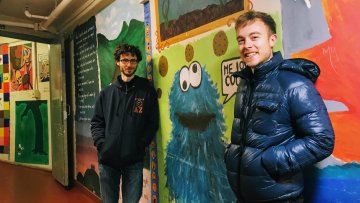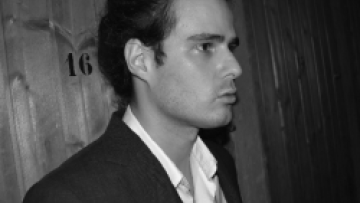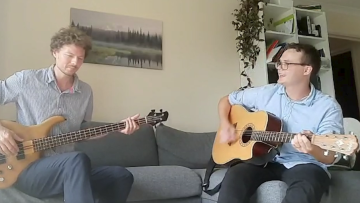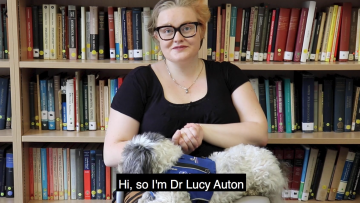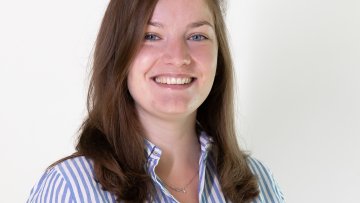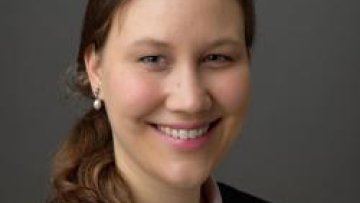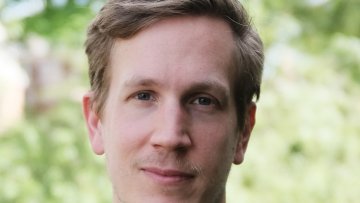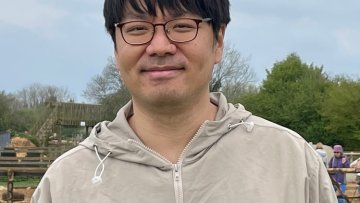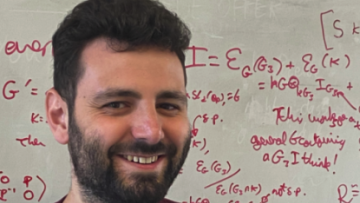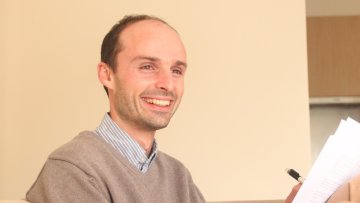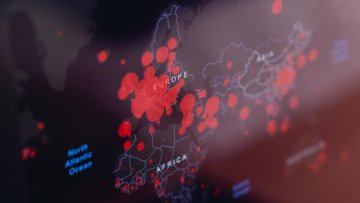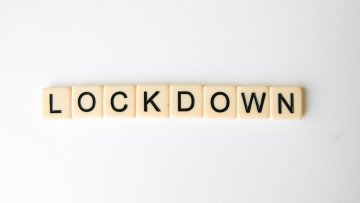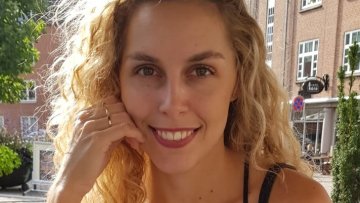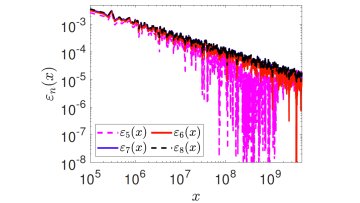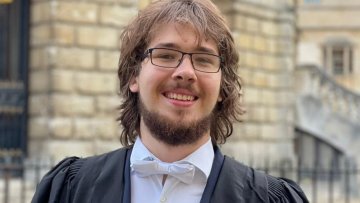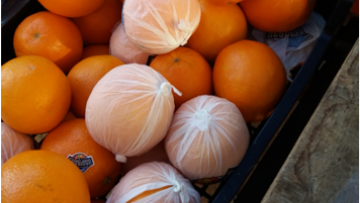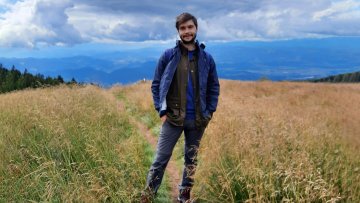Algebraic topology is the study of the continuous shape of spaces by the discrete means of algebra. The beginning of modern algebraic topology can be traced back to an insight of Pontryagin in the 1930s which relates the global smooth geometry of manifolds to algebraic invariants associated to the local symmetries of those manifolds - this relation converts something smooth and geometric (called a manifold, potentially endowed with further structure) to something algebraic that can be written down with symbols and formulas, i.e.
Ecology, by my definition today, is the study of the phenomena, relationships, patterns and processes which constitute this living and breathing world which we all call home. Its reach is boundless, and the angles through which to look at ecological processes are diverse and span all academic disciplines. It is emerging as the central focus of the present day.
Recently, two Oxford Mathematics postdoctoral research associates Johannes Borgqvist and Sam Palmer published an article entitled “Occam's razor gets a new edge: the use of symmetries in model selection” in the Journal of the Royal Society Interface.
Porous materials occur throughout nature and industry, from volcanic rocks, to sponges, through to filters; they comprise a solid structure, which could be like honeycomb or a packing of grains, with gaps (pores) throughout. These pores allows fluid and small contaminants carried by the fluid, such as salt in seawater, to travel through the material. The shape and size of these pores affects the passage of fluid, which in turn affects the path the contaminants take and how much becomes trapped within the solid structure.
Next time you lose your paddle whilst canoeing - don't despair. There is another way to push your canoe forwards: by jumping on it! Gunwale bobbing refers to the act of standing on the gunwales (side walls) of a canoe and forcing it into oscillations with one's legs. When forced at the right frequency, the canoe can surf from crest to crest of the generated wave field by pushing into positive surface gradients.
As cancer treatment improves and survival rates increase, the long- and short-term side-effects of these treatments become more of a concern. One such side-effect is autoimmune myocarditis, or cardiac muscle inflammation, which can occur in patients undergoing treatment with immune checkpoint inhibitors (ICIs), a class of drugs used in cancer therapy. Although autoimmune myocarditis is a rare side-effect affecting only 0.1-1% of patients being treated with ICIs, it has a high fatality rate at 25-50% of cases.
Topological data analysis enables deep quantification of vascular responses to drug and radiation treatment in 3D tumours. Oxford Mathematician Bernadette Stolz explains.
Quantum field theory (QFT) is a natural language for describing quantum physics that obeys special relativity. A modern perspective on QFT is provided by the renormalization group (RG) flow, which is a path defined on the coupling constant space and evolves from the ultraviolet (UV) to the infrared (IR) fixed point. In particular, the theories on the IR fixed point are scale-invariant and most of them are known to be promoted to a conformal field theory (CFT).
The study of finitely generated groups usually proceeds in two steps. Firstly, a class of spaces with some intrinsic geometric property is defined and understood, for example hyperbolic spaces or CAT(0) spaces. Secondly, we try to relate the geometry of the space to algebraic properties of groups acting properly discontinuously cocompactly (i.e. geometrically) on the space. For example, this gives rise to the well studied classes of hyperbolic groups and CAT(0) groups.
The virus causing the COVID-19 pandemic, SARS-CoV-2, is transmitted through virus-carrying respiratory droplets, which are released when an infected person coughs, sneezes, talks or breathes. Most of these droplets will fall to the ground within two metres, hence the guidelines to maintain social distancing. However, some droplets are small enough to float in the air. These droplets may remain airborne for hours and be carried throughout a room, leading to airborne transmission.
The first months of 2020 brought the world to an almost complete standstill due to the occurrence and outbreak of the SARS-CoV-2 coronavirus, which causes the highly contagious COVID-19 disease. Despite the hopes that rapidly developing medical sciences would quickly find an effective remedy, the last two years have made it quite clear that, despite vaccines, this is not very likely.
Much of theoretical physics is built on the concept of perturbation theory. Essentially perturbation theory is the idea that we can find a small quantity in the physical system we wish to describe and use that to expand the equations describing the system. In this way we obtain a simpler set of equations to solve.



